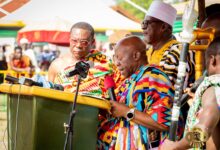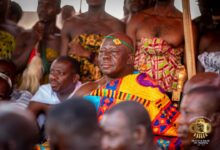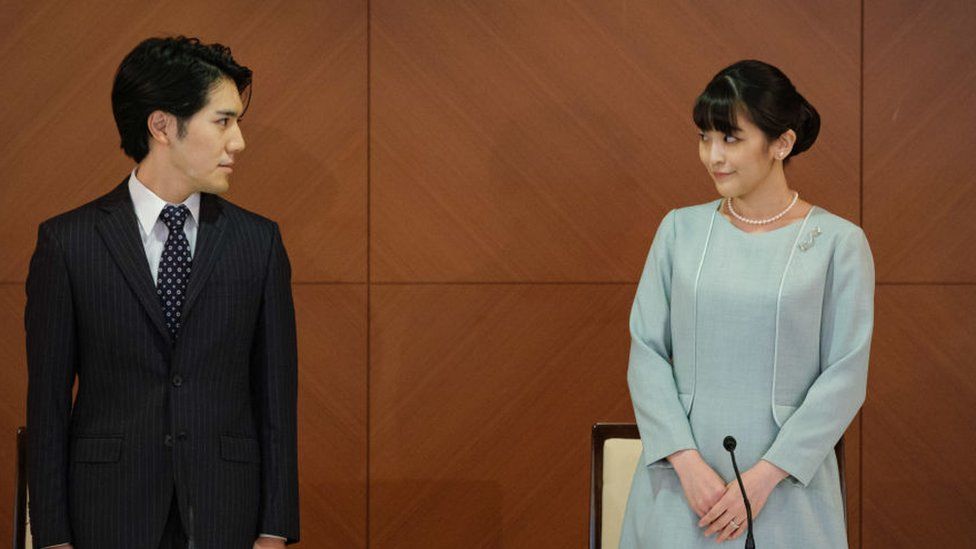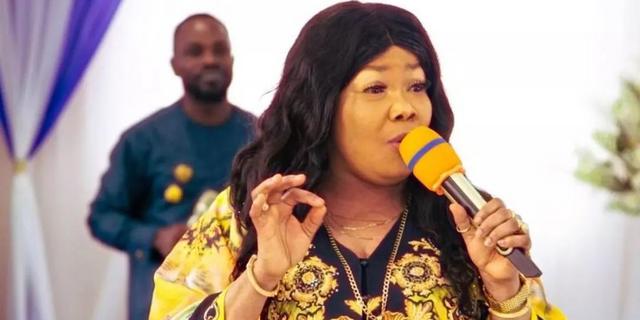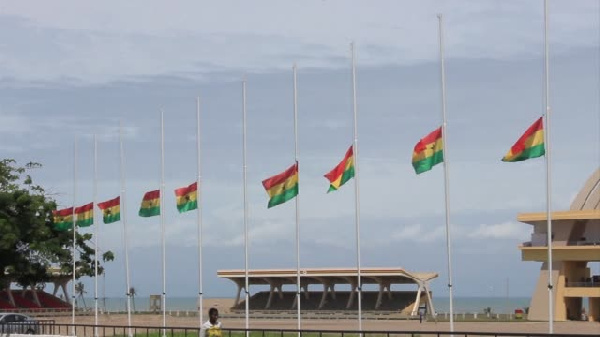King Charles, Camilla Crowned
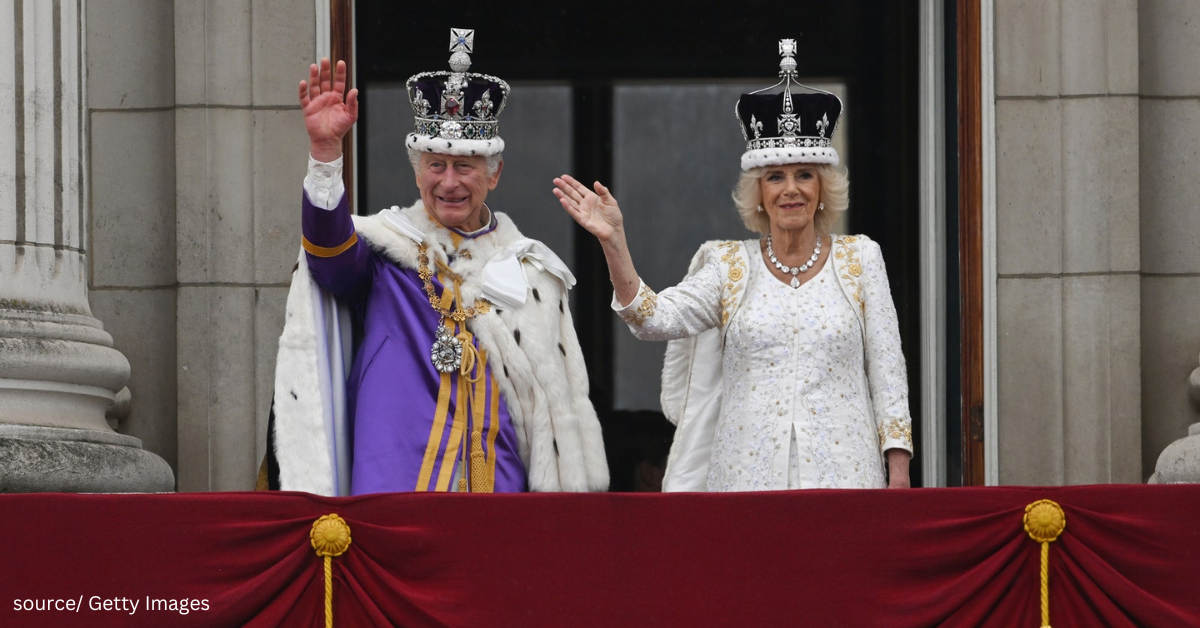
In a momentous royal occasion, King Charles III of Britain has ascended to the throne. Hundreds of distinguished guests are in attendance at Westminster Abbey to witness the event, while tens of thousands of enthusiastic well-wishers have braved the rain to gather in central London.
The coronation service, following a traditional template that has remained largely unchanged for over a millennium, was a spectacle to behold.
The King swore the Coronation Oath, as is customary, and became the first monarch to publicly pray at his coronation. During his prayer, he humbly asked to “be a blessing” to people “of every faith and conviction.”
The Archbishop of Canterbury, Justin Welby, led the coronation ceremony and anointed King Charles III with holy oil, which is considered to be the most sacred part of the ceremony. The anointment took place behind a screen, adding to the solemnity and privacy of the moment.
During the investiture part of the ceremony, the King was presented with the coronation regalia, which included the royal Robe and Stole. The most significant moment of the coronation followed, as the Archbishop of Canterbury Justin Welby anointed the King with holy oil behind a screen. This sacred anointment is considered the most important part of the service.
Next, the King was crowned with the 360-year-old St. Edward’s Crown, marking the climax of the coronation ceremony. As the King was being crowned, the Archbishop of Canterbury proclaimed, “God Save the King.” After the crowning, the King was seated on the throne.
For the first time in history, the Archbishop of Canterbury invited not only the British public but also those from “other Realms” to recite a pledge of allegiance to the new monarch and his “heirs and successors.”
Prior to the coronation, the invitation for the public to recite a pledge of allegiance to the new monarch and his successors was met with criticism from some parts of the British media and public who interpreted it as a command. As a result, the Church of England revised the text of the liturgy to give the public a choice between saying “God save King Charles” or reciting the full pledge of allegiance.
After King Charles III was crowned, it was time for his wife, Queen Camilla, to undergo her own coronation ceremony. She was crowned with Queen Mary’s Crown, marking a departure from tradition as a new crown was not created specifically for the occasion. The queen was also presented with the Sceptre and Rod.
Last September, Prince Charles became King following the death of his mother, Queen Elizabeth II. However, the coronation is the official crowning of the monarch, and is considered a deeply religious occasion. As well as being the head of state for the UK and 14 other nations, King Charles III is also the Supreme Governor of the Church of England.
Although the ceremony follows a traditional template that has remained mostly unchanged for over 1,000 years, it has been updated in certain ways to reflect modern times. For instance, during the service, the Archbishop of Canterbury, Justin Welby, acknowledged the diverse faiths present in the UK, stating that the Church of England would strive to create an inclusive environment where people of all religions could live freely.


